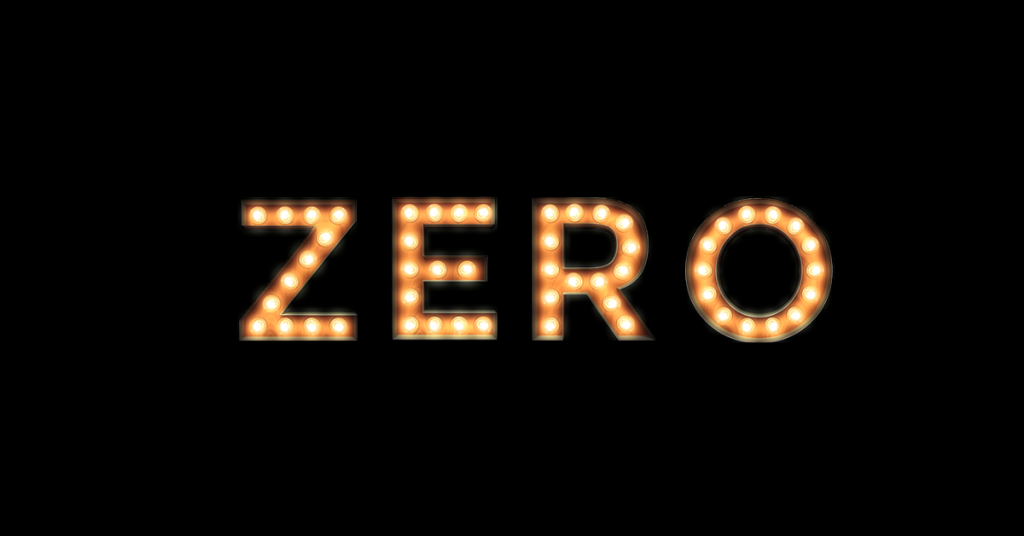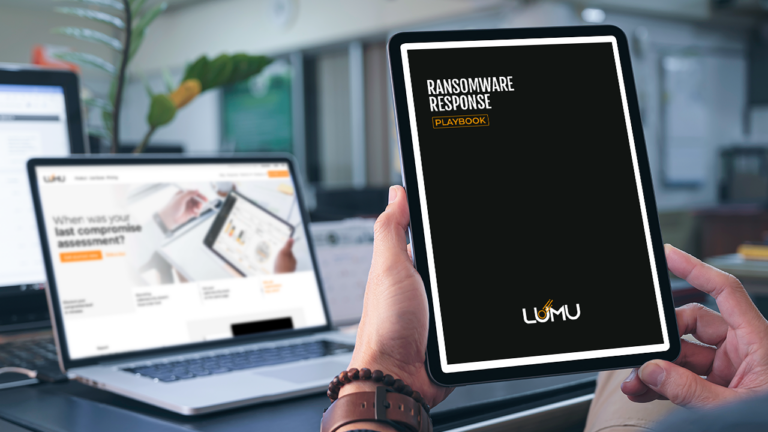The concept of Zero Trust has gradually evolved in cybersecurity, responding to growing verification challenges from hybrid networks incorporating remote workers, cloud, and BYOD, among others. NIST’s Special Publication on Zero Trust (SP 800-207), published in August of 2020 legitimizes Zero Trust Architecture (ZTA) and provides roadmaps for its deployment.
SP 800-27 defines the key tenets of Zero Trust Architecture as:
- “All data sources and computing services are considered resources.”
- “All communication is secured regardless of network location.”
- “Access to individual enterprise resources is granted on a per-session basis.”
- “Access to resources is determined by dynamic policy.”
- “The enterprise monitors and measures the integrity and security posture of all owned and associated assets.”
- “All resource authentication and authorization are dynamic and strictly enforced before access is allowed.”
- “The enterprise collects as much information as possible about the current state of assets, network infrastructure, and communications and uses it to improve its security posture.”
While NIST’s ZTA guidance is broad, one of the most important aspects highlighted is the need to visualize the network in search of compromises. Below, we have outlined the specifics and how Lumu can dramatically improve the impact of your Zero Trust strategy.
NIST’s ZTA guidelines | How Lumu Helps |
“All data sources and computing services are considered resources” Today’s networks include the cloud, various geographic regions, remote workers, BYOD, and IoT. All these elements need to be included under the coverage of a zero-trust deployment. | Lumu continuously monitors network metadata from all types of devices, no matter the nature of their connection. With cloud collectors and the ability to work through existing VPN connections, Lumu delivers full compromise visibility. |
“The enterprise monitors and measures the integrity and security posture of all owned and associated assets.” Organizations will frequently only cover assets they consider to be critical for logistical and financial reasons. NIST’s ZTA deployments avoid this by covering the entirety of the network. | Lumu’s Continuous Compromise Assessment is designed to be effortlessly deployed across the entirety of your network, leaving no gaps behind. |
“The enterprise collects as much information as possible about the current state of assets, network infrastructure, and communications and uses it to improve its security posture.” The network is every attack’s pathway. A key and often forgotten component of a Zero Trust architecture is our ability to monitor and control this pathway, making the network work for you and not the cybercriminals. | Lumu’s Continuous Compromise Assessment collects network metadata and analyzes it in real time, allowing you to quickly and easily understand your own compromise reality and enable you to answer the most critical question in cybersecurity: “Has my network infrastructure already been compromised?” |
A ZTA deployment is a dynamic security posture that must evolve with the ever-changing nature of the network as well as the threats landscape. Managing such a solution requires being able to measure the effectiveness of each component. | Setting a compromise level benchmark is crucial. Lumu closes the feedback loop in cybersecurity, allowing you to tell where more investment is needed, or where current investments are under-performing. This crucial information lets you hone each component of your ZTA |
“Visibility on the Network” is a key threat associated with ZTA. In situations where enterprises cannot perform deep packet inspection or if traffic is opaque to layer 3 network analysis, NIST recommends collecting metadata for analysis using machine learning techniques | Lumu specifically ingests a wide range of network metadata for inspection. The Illumination Process measures this metadata against IoC using both Artificial Intelligence and Deep Correlation to deliver confirmed compromises in real time. |
A ZTA deployment’s ultimate aim is to nullify compromises. However, it does not provide any means of telling if everything under its initiative is delivering results. The only way to know its degree of success is to measure your level of compromise continuously and intentionally. With Continuous Compromise Assessment, you can enjoy unprecedented compromise visibility while assessing if your Zero Trust strategy is making progress towards zero compromises.
Sign up for a Lumu Free account to start your journey to Zero Compromises.




